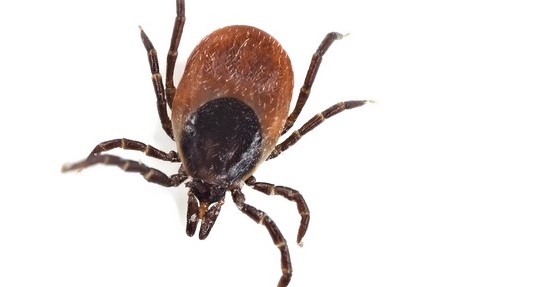According to recommendations of the Polish Association of Epidemiologists and Infectious Disease Doctors diagnostics of every clinical form of the Lyme disease should be consisted of two stages. During the first step we should detect the presence of specific antibodies of IgM or IgG class (depending on the clinical form) with immuno-enzyme assay (ELISA)
Then in case of positive or uncertain results it is recommended to verify and confirm the results with Western-blot method (according to Diagnostics and treatment of the Lyme Disease, recommendations of the Polish Association of Epidemiologists and Infectious Disease Doctors). The recommendation for two-staged immunology diagnostics arises from the need to supplement for imperfections of singular tests.
Immuno-enzyme tests (ELISA) are characterized with very high sensitivity, but sometimes (depending on specific factors) they may give false negative results or false positive. On the other hand, Western blot tests are very specific, but at the same time less sensitive than ELISA tests. According to an organization that sets Lyme disease diagnostics standards in Europe EUCALB (European Concerted Action Lyme Borreliosis), the minimum accuracy (result adequacy) of the ELISA method should be higher than 90%. The ELISA tests applied by CBDNA have the accuracy in the IgG class of 100% and in IgM class of 95%, which is substantially above the minimum limit.
Recommended Follow these tests:
IM/001K Borrelia burgdorferi (borreliosis) – Precipitation and identification of circulating immune complexes , ELISA IgM class, ELISA IgG class
Borrelia burgdorferi (borreliosis) – ELISA IgM and/ or IgG class (IM/001, IM/002)
IM/004, IM/005 Borrelia burgdorferi (borreliosis), Western blot IgM and/ or IgG class
IM/004K Borrelia burgdorferi (borreliosis) – Precipitation and identification of circulating immune complexes , Western blot IgM class
IM/007, IM/008 Babesia microti (babesiosis) – Immunofluorescence (IFA) IgM and/or IgG class
IM/009, IM/010 Anaplasma phagocytophilum (human granulocytic anaplasmosis) – Echrlischia chaffeensis immunofluorescence(IFA) IgM and/or IgG class
IM/011, IM/012 Bartonella henselae, Bartonella quintana (bartonellosis) – immunofluorescence (IFA) IgM and/or IgG class
IM/013, IM/014 Toxoplasma gondii – ELISA IgM and/ or IgG class
IM/015, IM/016 Mycoplasma pneumoniae – immunofluorescence (IFA) IgM and/ or IgG class
IM/019, IM/020 Chlamydia pneumoniae – immunofluorescence (IFA) IgM and/or IgG
IM/021, IM/022 Yersinia enterocolitica – ELISA IgA and/ or IgG class
IM/023 IM/024 Chlamydia trachomatis – immunofluorescence (IFA) IgM and/or IgG
